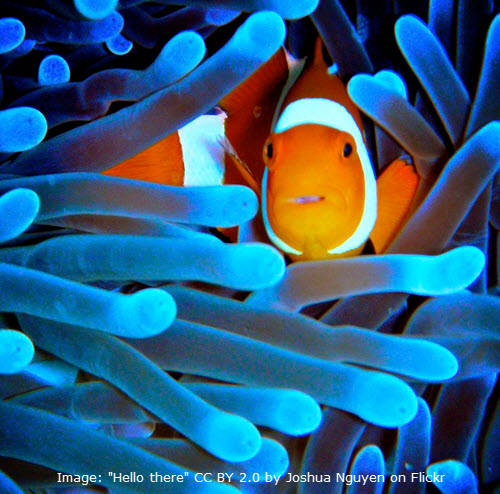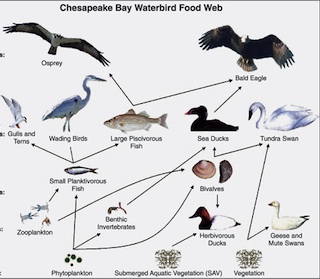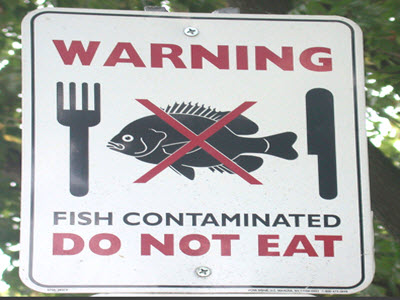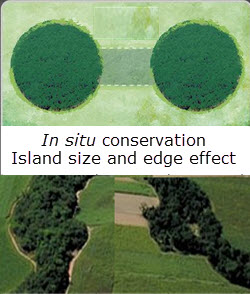Option C - Ecology SL revision list
This pages gives outline details of the content of option D for SL students. There are essential questions and lists of student skills and applications. Helpful for revision. Student can check their understanding and prioritise areas for revision
C.1 Species and communities
Understanding(s)
- Limiting factors affect the distribution of species.
- Keystone species affect community structure.
- The spatial habitat and interactions with other species gives each species a unique role within a community.
- Interactions between species in a community can be classified according to their effect.
- Two species cannot survive indefinitely in the same habitat if their niches are identical.
- Application: The symbiotic relationship between Zooxanthellae and reef-building coral reef species.
- Skill: Analysis of a data set that illustrates the distinction between fundamental and realized niche.
Revision Question(s) 
- Which environmental factors can limit the range of a species of plants or animals?
- Every species has a unique role in its community - what aspects of its life do we need to describe to understand this?
- What sorts of relationships can affect the places where organisms are found?
- Can you think of an example of species which are more abundant when living together than they are living apart?
Skills ( can you ...)
- Use the distribution of one animal and one plant species to illustrate limits of tolerance and zones of stress.
- Use a transect to correlate the distribution of plant or animal species with an abiotic variable.
- Give local examples to illustrate the range of ways in which species can interact within a community.
C.2 Communities and ecosystems
Understanding(s)
- Food chains show species in Trophic levels and multiple food chains usually exist within a community, shown by a food web.
- Skill: To compare the pyramids of energy from different ecosystems.
- The respiration rate determines the percentage of ingested energy converted to biomass.
- In closed ecosystems energy but not matter is exchanged with the surroundings.
- Application: Conversion ratio is a useful concept in sustainable food production practises.
- Climate can be used to predict the type of stable ecosystem that will emerge in an area.
- Skill: to be able to analyse a climograph which shows the connection between the type of ecosystem and climatic factors such as rainfall and temperature.
- Disturbance influences the structure and rate of change within ecosystems.
- Skill: Investigation into the effect of an environmental disturbance on an ecosystem, such as: species diversity, nutrient cycling, water movement, erosion, leaf area index, etc..
- Skill: Analysis of data showing primary succession.
Revision Question(s) 
- How quickly is energy lost from an ecosystem?
- Where does lost energy go?
- How important is energy efficiency in a closed ecosystem?
- Why might it be better to consume insects for their protein rather than beef?
- What determines the type of community which becomes established in different parts of the world?
- What happens to the number of species in an ecosystem if it is disturbed?
- In an ecosystem, which places store the nutrients?
Skills ( can you ...)
- Construct Gersmehl diagrams to show the inter-relationships between nutrient stores and flows between taiga, desert and tropical rainforest.
- Consider one example of how humans interfere with nutrient cycling.
C.3 Impact of humans on ecosystems
Understanding(s)
- Alien species are introduced species which escape into a local ecosystem and become invasive.
- When alien species become invasive there can be a reduction in the numbers of endemic species because of competitive exclusion or the absence of predators.
- Application: Study of the introduction of cane toads in Australia and one other local example of the introduction of an alien species.
- Biomagnification is the process where pollutants become concentrated in the tissues of organisms at higher trophic levels.
- Application: Discussion of the trade-off between control of the malarial parasite and DDT pollution.
- Macroplastic and microplastic debris has accumulated in marine environments.
- Application: Case study of the impact of marine plastic debris on Laysan albatrosses and one other named species.
Revision Question(s) 
Competition between species takes place in most ecosystems. What resources do species compete for?
Competitive exclusion takes place where one species can't get enough resources, what does this mean?
- Fish like farmed Salmon can also contain high concentrations of DDT. What could cause this toxicity?
Skills ( can you ...)
- Analyse data illustrating the causes and consequences of biomagnification.
- Evaluate eradication programmes and biological control as measures to reduce the impact of alien species.
C4 Conservation of biodiversity
Understanding(s)
- The use of indicator species to assess a specific environmental condition.
- The calculation of a Biotic index, using relative numbers of indicator species.
- Active management of nature reserves or national parks is called In situ conservation.
- Outside their habitat, Ex situ conservation preserves species.
- Biogeographic factors affect species diversity.
- Richness and evenness are components of biodiversity.
Revision Question(s) 
- Laysan albatross could be called an indicator species of ocean plastic.
- What is the best method of conserving species?
- Why are conservationist escorting to captive breeding and release rather than in-situ conservation?
- What makes a good nature reserve?
- How can biodiversity be measured to take into consideration species richness and evenness?
Skills ( can you ...)
- Demonstrate a knowledge of captive breeding and reintroduction of an endangered animal species.
- Analyse data on the impact of island size and edge effects on biodiversity.
- Using Simpson’s reciprocal index of diversity ( Simpsons diversity index) to compare biodiversity.

D = diversity index, N = total number of organisms of all species found and n = number of individuals of a particular species.

 IB Docs (2) Team
IB Docs (2) Team
